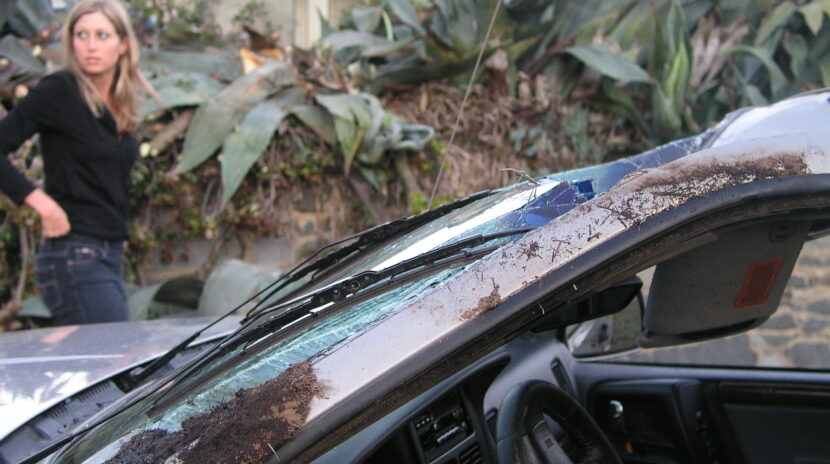Primary Keyword: self driving car accident
Supporting Keywords: autonomous vehicle accident, proving negligence in self driving car accident, liability in self driving crash, Tesla Autopilot accidents, driver negligence self-driving car
Why is negligence important in self driving car accidents?
As self-driving cars become more common on Connecticut and New York roads, questions about who’s at fault after an accident are getting harder to answer.
Even though autonomous vehicles rely on technology like sensors, cameras, and AI software, drivers still have legal responsibilities when something goes wrong. If you were injured in a self driving car accident, proving negligence could determine whether you receive compensation for your injuries, medical bills, and lost income.
Here’s what you need to know about how to prove negligence in these complex, high-tech crashes.
What Makes Self-Driving Car Accidents Different?
Unlike a traditional car crash, a self-driving car accident may involve multiple potentially responsible parties:
- The human driver or operator
- The vehicle manufacturer
- The software developer
- The sensor or parts supplier
Even when “Autopilot” or “Full Self-Driving” mode is engaged, drivers must still monitor the road and be ready to take control immediately. That ongoing duty to supervise is the foundation for negligence claims.
Step 1: Establish That the Driver Owed a Duty of Care
Every driver — even one sitting behind the wheel of a self-driving vehicle — owes a duty of care to operate safely and prevent harm to others. Courts generally agree that automation doesn’t remove that obligation.
For example, a driver who:
- Uses “Autopilot” while distracted by a phone
- Falls asleep while the car is in self-driving mode
- Ignores system warnings to retake control
- was under the influence while operating the self driving vehicle
…is still responsible under traditional negligence law for failing to exercise reasonable care.
Step 2: Collect Evidence Showing the Driver Breached That Duty
Evidence is key. In a self-driving car accident, your attorney will seek:
- Vehicle data logs (showing whether “Autopilot” or other autonomous systems were engaged)
- Camera footage from onboard systems
- Witness statements or dashcam recordings
- Cell phone data (to prove distraction or inattention)
- Manufacturer reports and over-the-air software updates
Expert analysis of this digital evidence can show whether the driver failed to act when required — or whether a system malfunction contributed to the crash.
Step 3: Prove Causation — That the Negligence Caused the Accident
The next step is linking the driver’s inaction or misuse of technology directly to the accident. For example:
- The driver failed to brake when the car’s sensors misread a stoplight
- The driver ignored visual and audio alerts to take control
- The driver engaged self-driving mode in conditions where it wasn’t safe (construction zones, poor weather, etc.)
An accident reconstruction expert can analyze speed, distance, sensor performance, and reaction times to prove that driver negligence — not just machine error — caused the crash.
Step 4: Prove Damages
Like any personal injury claim, you must show that you suffered real harm:
- Medical bills
- Lost wages or earning capacity
- Pain and suffering
- Property damage
Your attorney can use medical records, expert testimony, and employment documentation to support your claim for compensation.
Who Else Might Be Liable in a Self-Driving Car Accident?
Depending on the facts, your claim may also involve:
- The manufacturer, if a software glitch or design defect contributed
- The software developer, if coding errors caused the failure
- The fleet operator, if the vehicle was used commercially (like a robotaxi)
In these cases, an attorney may pursue other claims in addition to proving driver negligence.
Injured in a Self-Driving Car Accident? We Can Help.
Proving negligence in a self driving car accident requires specialized investigation, expert analysis, and deep understanding of both traffic law and emerging autonomous technology.
Contact us today for a free consultation to discuss your self-driving car accident claim – call 203-885-0500 or use the contact form below.

